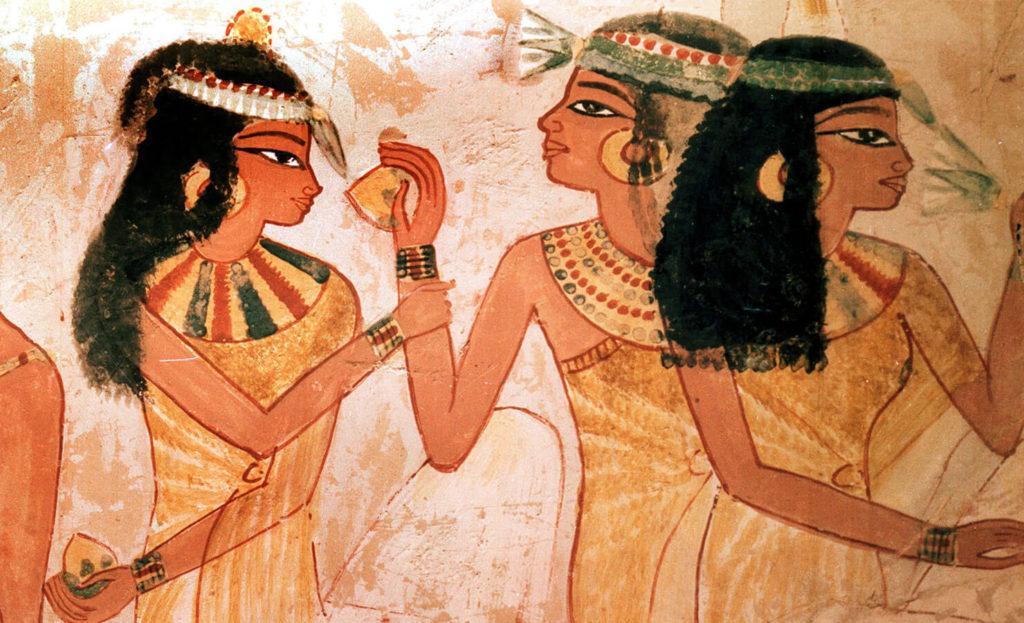Evolution of Fragrance through the Centuries

Fragrance is an invisible expression of identity, emotion and memory with a history that dates back thousands of years. At Noble Isle, we create fine fragrances that celebrate and embody the very best of the British Isles. This month marks our thirteenth birthday, so to celebrate we will take you on a fascinating journey into the history of fragrance.
Ancient Roots
Our story starts in ancient Egypt and Mesopotamia, where the earliest records of fragrance dateback to around 3000 BCE. Here, priests blended oils to create aromas for use in religious ceremonies and to wear a fragrance was a mark of status for Pharaohs and the elite. Cleopatra was known for her love of perfume and archaeologists are working to discover what scents she may have favoured. Ancient Egyptians also filled their tombs with fragrant resins such as Frankincense and Myrrh.
From Medicine to Fragrant Fountains
The Greeks used scented oils for their healing properties as well as for massage and grooming. In ancient Rome, fragrant oils were revered and the elite would indulge in scented baths and fountains of rosewater as well as infusing their clothes and hair with scent. As trade routes expanded to the East, spices such as Cinnamon, Saffron and Sandalwood became fashionable in Europe.
A New Era
Many of the distillation techniques still used in modern perfumery were developed during the Middle Ages in the Middle East. In Europe, during the bubonic plague people turned to herbs and spices to ward off disease, with the wealthy employing scented sachets, pomanders and even perfumed gloves.
Luxury Rules
In the Renaissance perfumers were revered in Europe. Catherine de’ Medici, Queen of France, brought a personal perfumer from Italy and fragrances became popular at the French court. During this time alcohol-based perfumes were developed – these were longer-lasting and easier to apply than their oil-based predecessors.
In France, the town of Grasse became known for perfumery (and is still considered the world’s fragrance capital). Tanners in Grasse used scent to impress royalty by perfuming leathers, which encouraged the cultivation of fields of scented flowers such as Rose and Jasmine.
Scale and Science
It was not until the 19th century that fragrances became more accessible. Large perfume houses scaled up from making small batches to mass production and hundreds of new synthetic ingredients were created to expand the perfumer’s palette.
Long Live Luxury
The 20th century is seen as a golden age of perfumery, with fashion houses creating signature scents that defined their era. Fragrance advertising brought the scents to life and fragrance became a cultural force and statement of luxury.
Here at Noble Isle we create unique fragrances that champion the ingredients, landscape, producers and conservationists of the British Isles. All our fragrances use vegan ingredients and sustainable sourcing – you can discover all of our collections here.
